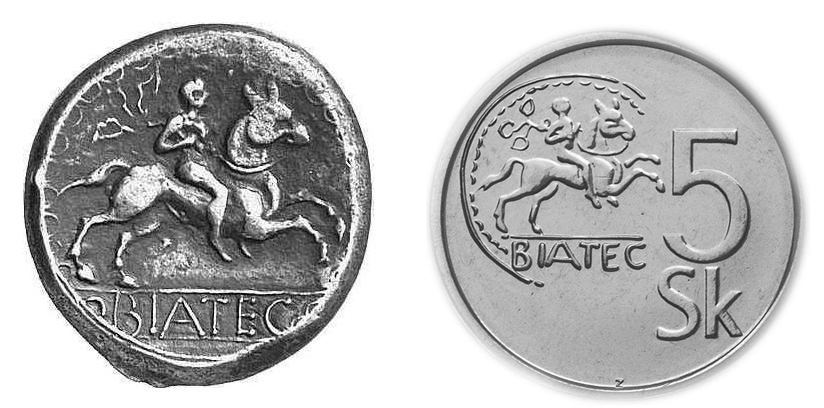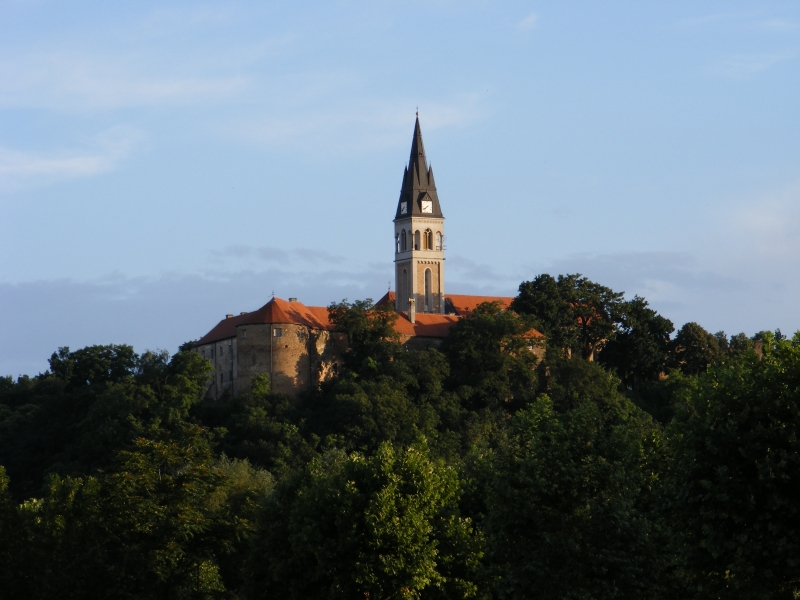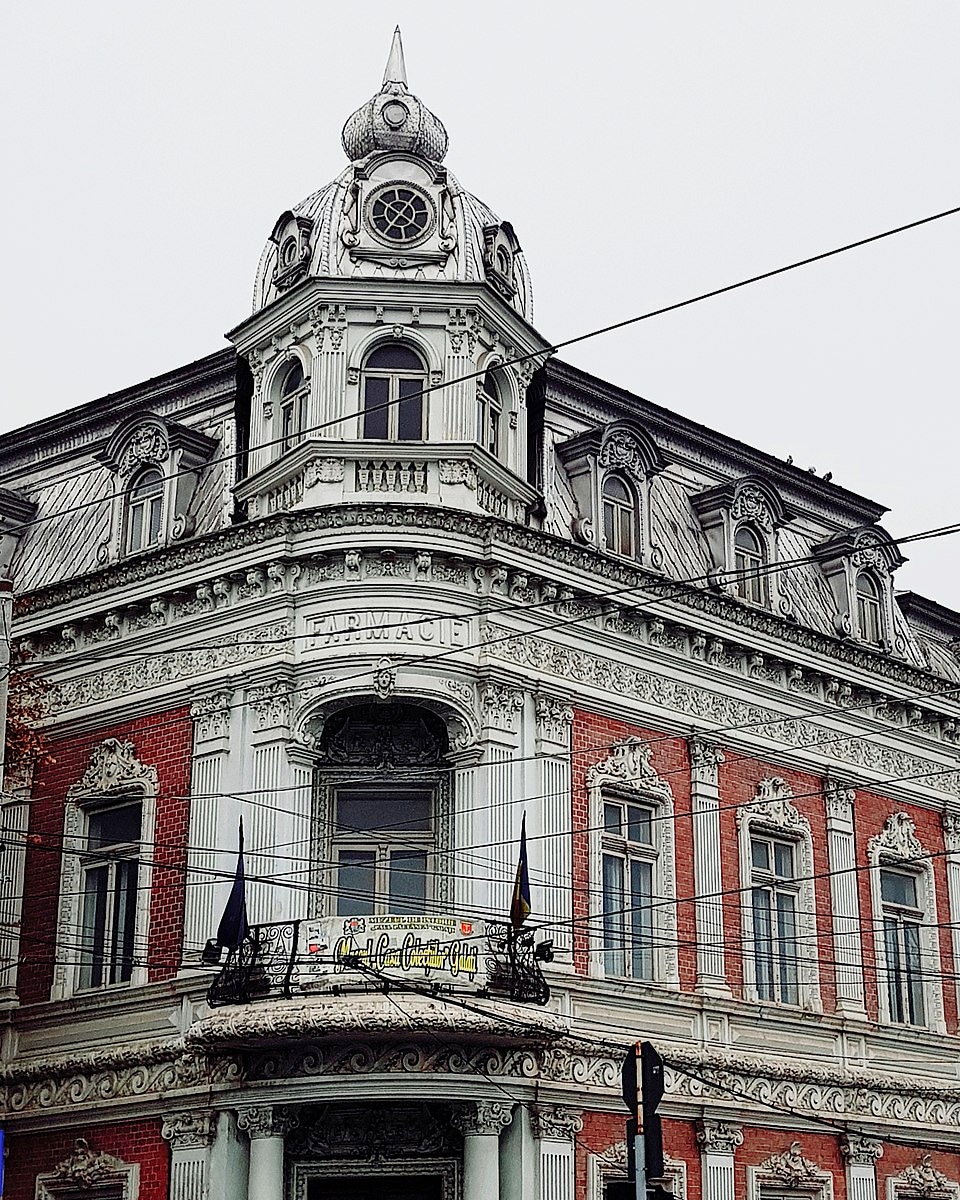|
Dunav
The Danube ( ; ) is a river that was once a long-standing frontier of the Roman Empire and today connects 10 European countries, running through their territories or being a border. Originating in Germany, the Danube flows southeast for , passing through or bordering Austria, Slovakia, Hungary, Croatia, Serbia, Romania, Bulgaria, Moldova, and Ukraine before draining into the Black Sea. Its drainage basin extends into nine more countries. The largest cities on the river are Vienna, Budapest, Belgrade and Bratislava, all of which are the capitals of their respective countries; the Danube passes through four capital cities, more than any other river in the world. Five more capital cities lie in the Danube's basin: Bucharest, Sofia, Zagreb, Ljubljana and Sarajevo. The fourth-largest city in its basin is Munich, the capital of Bavaria, standing on the Isar River. The Danube is the second-longest river in Europe, after the Volga in Russia. It flows through much of Central and Sou ... [...More Info...] [...Related Items...] OR: [Wikipedia] [Google] [Baidu] |
Pančevo
Pančevo (Serbian Cyrillic: Панчево, ; german: Pantschowa; hu, Pancsova; ro, Panciova; sk, Pánčevo) is a city and the administrative center of the South Banat District in the autonomous province of Vojvodina, Serbia. It is located on the shores of rivers Tamiš and Danube, in the southern part of Banat region. Since the 2011 census 123,414 people have been living in the Pančevo administrative area. Pančevo is the fourth largest city in Vojvodina and the ninth largest in Serbia by population. Pančevo was first mentioned in 1153 and was described as an important mercantile place. It gained the status of a city in 1873 following the disestablishment of the Military Frontier in that region. For most of its period, it was the part of the Kingdom of Hungary and after 1920 it became part of the Kingdom of Serbs, Croats and Slovenes, which was renamed in 1929 to Yugoslavia. Since then with one interruption it was part of several Yugoslav states and after the dissolution ... [...More Info...] [...Related Items...] OR: [Wikipedia] [Google] [Baidu] |
Novi Sad
Novi Sad ( sr-Cyrl, Нови Сад, ; hu, Újvidék, ; german: Neusatz; see below for other names) is the second largest city in Serbia and the capital of the autonomous province of Vojvodina. It is located in the southern portion of the Pannonian Plain on the border of the Bačka and Syrmia geographical regions. Lying on the banks of the Danube river, the city faces the northern slopes of Fruška Gora. , Novi Sad proper has a population of 231,798 while its urban area (including the adjacent settlements of Petrovaradin and Sremska Kamenica) comprises 277,522 inhabitants. The population of the administrative area of the city totals 341,625 people. Novi Sad was founded in 1694 when Serb merchants formed a colony across the Danube from the Petrovaradin Fortress, a strategic Habsburg military post. In subsequent centuries, it became an important trading, manufacturing and cultural centre, and has historically been dubbed ''the Serbian Athens''. The city was heavily dev ... [...More Info...] [...Related Items...] OR: [Wikipedia] [Google] [Baidu] |
Silistra
Silistra ( bg, Силистра ; tr, Silistre; ro, Silistra) is a town in Northeastern Bulgaria. The town lies on the southern bank of the lower Danube river, and is also the part of the Romanian border where it stops following the Danube. Silistra is the administrative center of the Silistra Province and one of the important towns of the historical region of Southern Dobrudzha. Silistra is a major cultural, industrial, transportation, and educational center of Northeastern Bulgaria. There are many historical landmarks including a richly-decorated Late Roman tomb, remains of the Medieval fortress, an Ottoman fort, and an art gallery. Etymology The name Silistra is possibly derived from the root of the old Thracian name of the lower part of the Danube "Istrum". By another theory, the city's name comes from the Latin words "silo" and "stra", meaning "awl" and "strategy". Geography Silistra is in the northeastern part of Bulgaria on the southern bank of the Danube River ... [...More Info...] [...Related Items...] OR: [Wikipedia] [Google] [Baidu] |
Bratislava
Bratislava (, also ; ; german: Preßburg/Pressburg ; hu, Pozsony) is the capital and largest city of Slovakia. Officially, the population of the city is about 475,000; however, it is estimated to be more than 660,000 — approximately 140% of the official figures. Bratislava is in southwestern Slovakia at the foot of the Little Carpathians, occupying both banks of the River Danube and the left bank of the River Morava. Bordering Austria and Hungary, it is the only national capital that borders two sovereign states. The city's history has been influenced by people of many nations and religions, including Austrians, Bulgarians, Croats, Czechs, Germans, Hungarians, Jews, Romani, Serbs and Slovaks. It was the coronation site and legislative center and capital of the Kingdom of Hungary from 1536 to 1783; eleven Hungarian kings and eight queens were crowned in St Martin's Cathedral. Most Hungarian parliament assemblies were held here from the 17th century until the Hunga ... [...More Info...] [...Related Items...] OR: [Wikipedia] [Google] [Baidu] |
Ruse, Bulgaria
Ruse (also transliterated as Rousse, Russe; bg, Русе ) is the fifth largest city in Bulgaria. Ruse is in the northeastern part of the country, on the right bank of the Danube, opposite the Romanian city of Giurgiu, approximately south of Bucharest, Romania's capital, from the Bulgarian Black Sea Coast and from the capital Sofia. Thanks to its location and its railway and road bridge over the Danube ( Danube Bridge), it is the most significant Bulgarian river port, serving an important part of the international trade of the country. Ruse is known for its 19th- and 20th-century Neo-Baroque and Neo-Rococo architecture, which attracts many tourists. It is often called the Little Vienna. The Ruse-Giurgiu Friendship Bridge, until 14 June 2013 the only one in the shared Bulgarian-Romanian section of the Danube, crosses the river here. Ruse is the birthplace of the Nobel laureate in Literature Elias Canetti and the writer Michael Arlen. Ruse is on the right bank of the r ... [...More Info...] [...Related Items...] OR: [Wikipedia] [Google] [Baidu] |
Vukovar
Vukovar () ( sr-Cyrl, Вуковар, hu, Vukovár, german: Wukowar) is a city in Croatia, in the eastern region of Slavonia. It contains Croatia's largest river port, located at the confluence of the Vuka and the Danube. Vukovar is the seat of Vukovar-Syrmia County and the second largest city in the county after Vinkovci. The city's registered population was 22,616 in the 2021 census, with a total of 23,536 in the municipality. Name The name ''Vukovar'' means 'town on the Vuka River' (''Vuko'' from the Vuka River, and ''vár'' from the Hungarian word for 'fortress'). The river was called "Ulca" in antiquity, probably from an Illyrian language. Its name might be related to the name of the river "Volga". In other languages, the city in German is known as ''Wukowar'' and in Hungarian as ''Vukovár'' or ''Valkóvár''. In the late 17th century, the medieval Croatian name Vukovo was supplanted by the Hungarian ''Vukovár''. In the Middle Ages, Vukovar was the seat of the great ... [...More Info...] [...Related Items...] OR: [Wikipedia] [Google] [Baidu] |
Ilok
Ilok () is the easternmost town in Croatia forming a geographic salient surrounded by Vojvodina. Located in the Syrmia region, it lies on a hill overlooking the Danube river, which forms the border with the Bačka region of Serbia. The population of the settlement of Ilok is 5,072, while the total town population is 3,407 (census 2021). The town is home to a Franciscan monastery and Ilok Castle, which is a popular day trip for domestic tourists. Name In Croatian, the town is known as ''Ilok'', in German as ''Illok'', in Hungarian as ''Újlak'', in Serbian Cyrillic as Илок and in Turkish as ''Uyluk''. In Hungarian language "Újlak" means "new dwelling or lodge". History The area of present-day Ilok was populated since the neolithic and Bronze Ages. One Scordisci archaeological site dating back to late La Tène culture was excavated in the 1970s and 1980s as a part of rescue excavations in eastern Croatia. The Romans settled there in the 1st or 2nd century and buil ... [...More Info...] [...Related Items...] OR: [Wikipedia] [Google] [Baidu] |
Bačka Palanka
Bačka Palanka ( sr-cyrl, Бачка Паланка, ; hu, Palánka) is a town and municipality located in the South Bačka District of the autonomous province of Vojvodina, Serbia. It is situated on the left bank of the Danube. In 2011 the town had a total population of 28,239, while Bačka Palanka municipality had 55,528 inhabitants. Name In Serbian, the town is known as Бачка Паланка or ''Bačka Palanka'', in Slovak as ''Báčska Palanka'', in Croatian as ''Bačka Palanka'', in Hungarian as ''Bácspalánka'', in German as ''Plankenburg'' and in Turkish as ''Küçük Hisar''. Its name means "a town in Bačka" in Serbian. The word " palanka" itself originates from Turkish language. This word was also adopted by Serbs and it is used in the Serbian language with the same meaning. Older Serbian names for this town were Palanka (Паланка), Stara Palanka (Стара Паланка), Nova Palanka (Нова Паланка) and Nemačka Palanka (Немачк� ... [...More Info...] [...Related Items...] OR: [Wikipedia] [Google] [Baidu] |
Belgrade
Belgrade ( , ;, ; Names of European cities in different languages: B, names in other languages) is the Capital city, capital and List of cities in Serbia, largest city in Serbia. It is located at the confluence of the Sava and Danube rivers and the crossroads of the Pannonian Basin, Pannonian Plain and the Balkan Peninsula. Nearly 1,166,763 million people live within the administrative limits of the City of Belgrade. It is the third largest of all List of cities and towns on Danube river, cities on the Danube river. Belgrade is one of the List of oldest continuously inhabited cities, oldest continuously inhabited cities in Europe and the world. One of the most important prehistoric cultures of Europe, the Vinča culture, evolved within the Belgrade area in the 6th millennium BC. In antiquity, Thracians, Thraco-Dacians inhabited the region and, after 279 BC, Celts settled the city, naming it ''Singidunum, Singidūn''. It was Roman Serbia, conquered by the Romans under the reign ... [...More Info...] [...Related Items...] OR: [Wikipedia] [Google] [Baidu] |
Izmail
Izmail (, , translit. ''Izmail,'' formerly Тучков ("Tuchkov"); ro, Ismail or ''Smil''; pl, Izmaił, bg, Исмаил) is a city and municipality on the Danube river in Odesa Oblast in south-western Ukraine. It serves as the administrative center of Izmail Raion, one of seven districts of Odesa Oblast, and is the only locality which constitutes Izmail urban hromada, one of the hromadas of Ukraine. In Russian historiography, Izmail is associated with the 18th century sacking of Ottoman fortress of Izmail by Russian general Alexander Suvorov. It is the largest Ukrainian port in the Danube Delta, on its Chilia branch. As such, Izmail is a center of the food processing industry and a popular regional tourist destination. It is also a base of the Ukrainian Navy and the Ukrainian Sea Guard units operating on the river. The World Wildlife Fund's ''Isles of Izmail Regional Landscape Park'' is located nearby. Population: History The fortress of Izmail, then known ... [...More Info...] [...Related Items...] OR: [Wikipedia] [Google] [Baidu] |
Reni, Ukraine
Reni ( uk, Рені́, ; ro, Reni) is a small city in Izmail Raion, Odesa Oblast (province) of south Ukraine. It hosts the administration of Reni urban hromada, one of the hromadas of Ukraine. Reni is located in the Bessarabian historic district of Budjak and on the left bank of the Danube. The settlement was founded around 1548, acquiring city status in 1821. Population: The surrounding Reni Raion includes some 38,000 people (including those in the town), 49% of them ethnic Moldovans, 18% Ukrainians, 15% Russians, 8.5% Bulgarians and 8% Gagauz. There are six schools, one filial branch of the Oles Honchar Dnipro National University, and three Ukrainian Orthodox church buildings. It is also home to the Light of the World Church. Gallery File:Svobody Ploshcha, Reni 03.jpg, Freedom Square File:Memorial in Reni 06.jpg, Grave of the soldiers File:Regional History Museum in Reni 01.jpg, Regional History Museum File:Cathedral in Reni 03.jpg, Ascension of the Lord Cathedral Fi ... [...More Info...] [...Related Items...] OR: [Wikipedia] [Google] [Baidu] |
Galați
Galați (, , ; also known by other alternative names) is the capital city of Galați County in the historical region of Western Moldavia, in eastern Romania. Galați is a port town on the Danube River. It has been the only port for the most part of Moldavia's existence. In 2011, the Romanian census recorded 249,432 residents, making it the 8th most populous city in Romania. Galați is an economic centre based around the port of Galați, the naval shipyard, and the largest steel factory in Romania, Galați steel works. Etymology and names The name ''Galați'' is derived from the Cuman word . This word is ultimately borrowed from the Persian word , "fortress". Other etymologies have been suggested, such as the Serbian . However, the ''galat'' root appears in nearby toponyms, some of which show clearly a Cuman origin, for example Gălățui Lake, which has the typical Cuman -''ui'' suffix for "water". Another toponym in the region is Galicia, with its town of Halych, lo ... [...More Info...] [...Related Items...] OR: [Wikipedia] [Google] [Baidu] |


.jpg)





.jpg)


